Swimming is a full-body workout that builds endurance, strength, and cardiovascular health. But even the most efficient strokes can lead to muscle tightness, especially in the shoulders, back, and hips. While foam rolling is commonly associated with gym routines, you don’t need fancy equipment or a studio to reap its benefits. With a simple 25-minute no-equipment foam rolling routine, swimmers can enhance mobility, reduce soreness, and accelerate recovery—right from home.
Foam rolling, also known as self-myofascial release, helps break down adhesions in muscle tissue and improves blood flow. For swimmers, this means better range of motion in the shoulders, reduced tension in the lats and upper back, and improved hip flexibility—key areas heavily engaged during every stroke.
According to research, regular foam rolling can reduce delayed onset muscle soreness (DOMS) and support faster recovery between training sessions. This is especially beneficial for swimmers who train multiple times a week and need to maintain peak performance without overloading their bodies.
You don’t need a foam roller to perform effective myofascial release. Using just your body weight and household items—like a rolled-up towel, yoga mat, or even a firm carpeted floor—you can simulate the pressure and motion of traditional foam rolling.
This 25-minute routine is designed specifically for swimmers, targeting high-tension zones and promoting joint mobility without any gear. Start fast, stay consistent, and measure your progress weekly to see real improvements in flexibility, stroke efficiency, and recovery time.
Tip: Perform this routine post-swim or on rest days. Move slowly through each movement, spending 30–60 seconds per area. Breathe deeply to help muscles relax.

Sit upright and use your fingers to apply gentle pressure along the base of your skull and the top of your shoulders. Make small circular motions to release tension caused by head positioning during freestyle or butterfly. This improves neck mobility and reduces strain.
Lie on your side and use your opposite hand to knead the front and side of the shoulder. Focus on the area just below the collarbone and around the deltoid. This helps prevent swimmer’s shoulder by releasing tightness in the rotator cuff muscles.
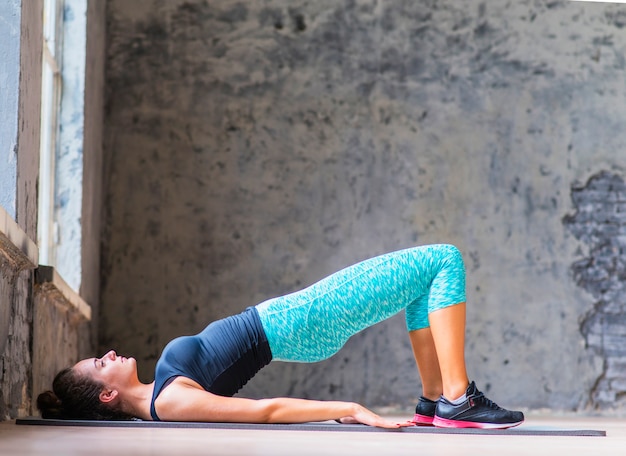
Sit on the floor with knees bent. Clasp your hands behind your head and gently lean back, using your elbows to press into the floor. Rock slightly side to side to target the upper and mid-back. This mimics foam rolling the thoracic spine, enhancing posture and stroke extension.
Lie on your side and use your hand to apply pressure along the side of your torso, from armpit to lower ribcage. These muscles are crucial for arm pull and body rotation in freestyle and backstroke. Releasing them improves reach and stroke efficiency.
Sit on the floor and cross one ankle over the opposite knee. Lean into the glute of the bent leg and use your hands to apply pressure in circular motions. Tight glutes can restrict hip rotation in dolphin kicks and flip turns—this release enhances power and range.
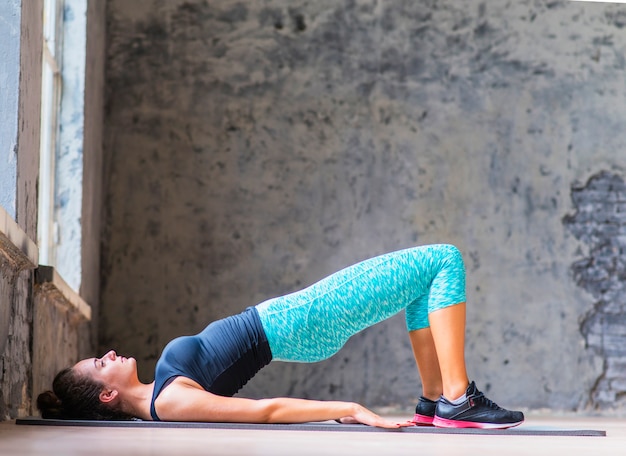
Sit with one leg extended. Use your hands to press and knead the back of the thigh and lower leg. Strong, flexible hamstrings and calves are essential for powerful kicks and streamlined body position.
End with deep diaphragmatic breathing. Lie flat, hands on belly, and inhale for 4 counts, hold for 4, exhale for 6. This resets the nervous system and enhances recovery, helping your body absorb the benefits of the routine.
Consistency is key. Aim to perform this routine at least 3–4 times per week. To measure results:
Even small gains add up. Within 2–4 weeks, many swimmers report improved range of motion and reduced tightness, especially in the shoulders and hips.
You don’t need a foam roller or gym membership to support your swimming performance. With this 25-minute, no-equipment routine, you can boost recovery, enhance mobility, and stay in the water longer—without added strain. Start fast, stay consistent, and let weekly progress keep you motivated.
Your body is your most important training tool. Treat it well, and it will carry you farther—stroke after stroke.

Fitness

Fitness

Fitness

Fitness
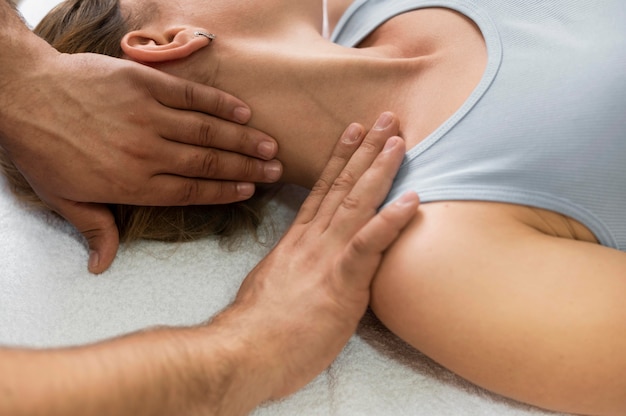
Wellness
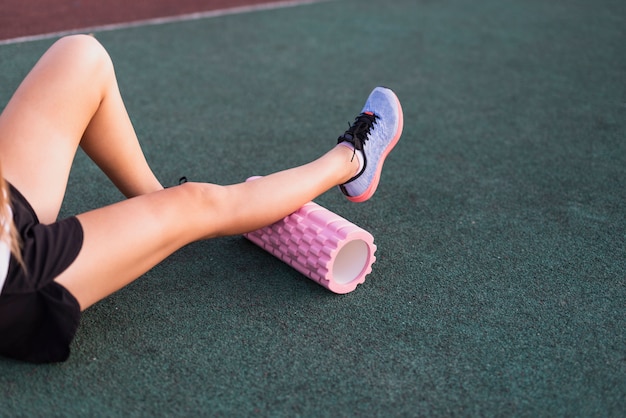
Fitness
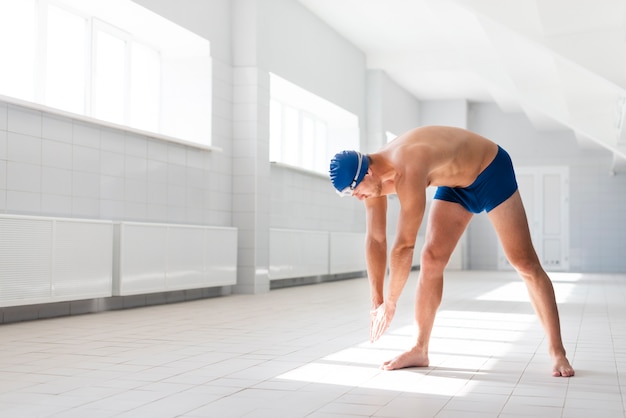
Fitness

Fitness
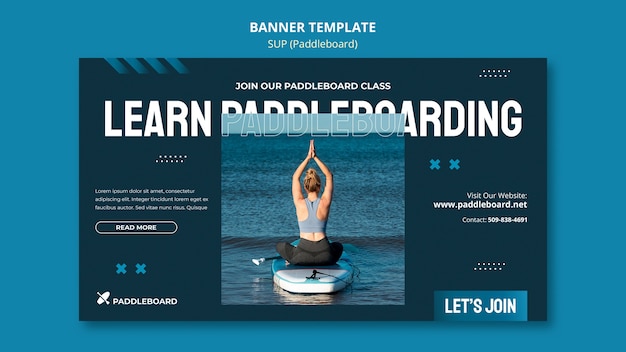
Fitness
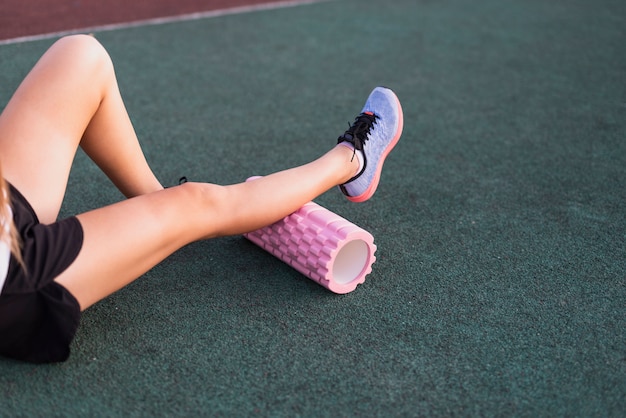
Fitness
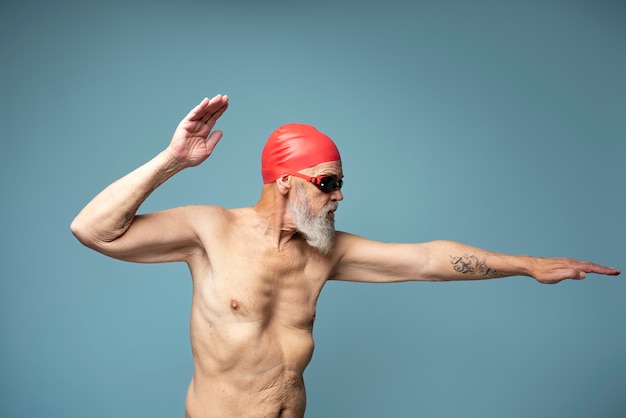
Fitness

Health

Fitness

Health

Health